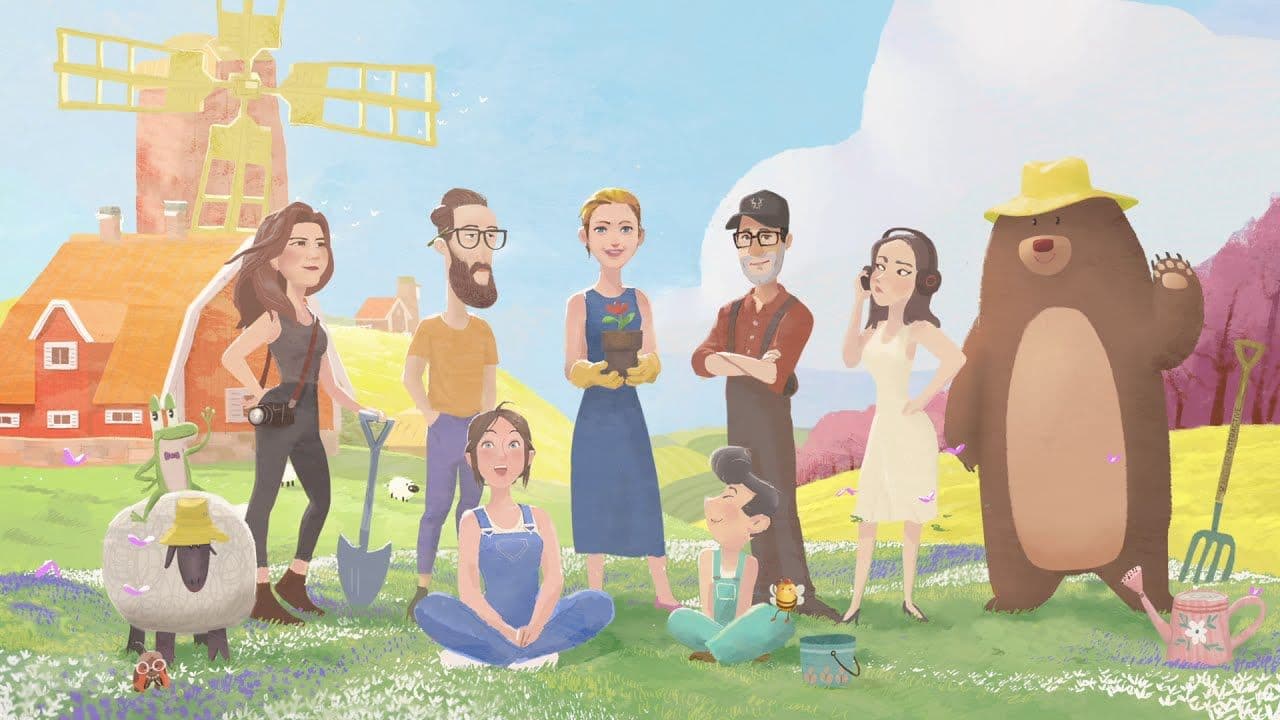Introduction
If you’ve ever sunk hours into Harvest Moon or Animal Crossing, My Neighbor Alice will feel like a familiar, cozy escape, but with a web3 spin. At its core, it’s a chill farming and life-sim game where you own land, grow crops, raise animals, and decorate your space. But what sets it apart is its player-driven and on-chain economy, where in-game assets actually hold value, thanks to web3-powered ownership and trading.
Gameplay

The game takes place in the Lummelunda Archipelago, a colorful and laid-back world watched over by Alice, the friendly farmer who acts as the game's guide. Here, animals talk, and life moves at a relaxed pace. Alice can’t manage the entire island alone, so that’s where you come in.

Alice introduces new players to the basics, which will feel familiar to anyone who has played Harvest Moon or Stardew Valley. The goal is to build the perfect farm by earning Björn tokens, the game’s soft currency, through farming, gathering resources, fishing, and selling goods. Over time, players craft new items, upgrade tools, and trade with others to shape their land the way they want.
Crafting plays a big role in the game, allowing players to create furniture, clothing, tools, and more using blueprints and tickets. Some NFTs can be crafted with in-game resources, while others require $ALICE, the game’s native token. Items made with $ALICE have collateral value, meaning a portion of the spent tokens remain locked inside the NFT. Players can choose to burn these items later to recover some of their $ALICE, minus a small fee. Some NFTs can also be staked for extra rewards, giving them added utility.

Exploring the archipelago leads to interactions with NPCs, who offer quests and rewards. These quests reveal bits of the game’s lore, making exploration feel rewarding. While My Neighbor Alice sticks to the familiar farming sim formula, it’s powered by web3 mechanics, adding a layer of ownership and trading that appeals to blockchain enthusiasts while still keeping the cozy, laid-back experience at its core.
Review
My Neighbor Alice stands out in the web3 gaming space with its relaxing and laid-back gameplay. Its mix of Nintendo Wii-era character designs and Animal Crossing-inspired mechanics makes it easy to lose track of time while playing.
Visually, the game has come a long way from its early versions. The current art style and graphics create a warm, cozy atmosphere, perfect for a chill farming sim. Character movement and interaction animations are smooth, though tool-based actions like fishing and gathering can feel a bit slow at first. The sound design is also well done, with ambient music that fits the game’s vibe and satisfying sound effects for various interactions. Controls are intuitive, and the build mode is smooth, though a hotkey bar would be a welcome addition despite the existing tool wheel.
For fans of farming sims, My Neighbor Alice offers plenty of quests and tasklines to keep players engaged. Beyond farming, exploring different locations and interacting with NPCs adds depth to the world, gradually revealing bits of its lore. The idea of a web3-powered farming sim isn’t entirely new, with titles like Moonfrost exploring similar concepts. However, My Neighbor Alice focuses heavily on an on-chain, player-driven economy, reminiscent of RavenQuest’s free trade system. This mix of farming mechanics and decentralized trading could be a strong formula for the genre.
Since My Neighbor Alice is a chill game, players can progress at their own pace without an energy system limiting playtime. However, reaching higher tiers of crafting requires grinding for more resources. The game also rewards active players with daily tasks, encouraging consistent engagement. The game also has a very nice tutorial, walkign you through the game basics. when walkign in new NPCs that offer quests, you also visiually see ntoifications on the NPC itself and on the map guiding you where to go.
Bringing in traditional (web2) players may be a challenge, as many of the game’s features involve on-chain elements. The requirement of a web3 wallet can be a barrier for web2 gamers, though those familiar with blockchain mechanics will likely appreciate the player marketplace (Trade Post), where items can be bought and sold with player-set prices. Watching in-game item values fluctuate over time in a farming sim adds an interesting economic layer that web3 gamers will find engaging.



